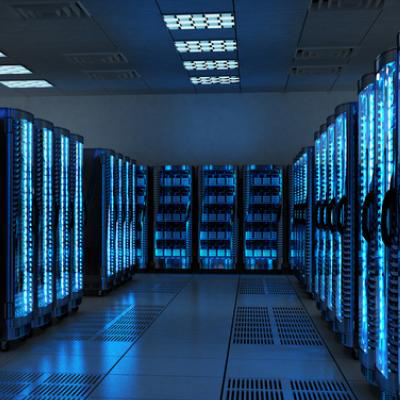When lead-free manufacturing regulations or Restrictions on Hazardous substances rules were implemented, data center companies got relief hoping that they would now get the most effective electronic equipment. But with time, they found out that the equipment is at more risk of corrosion because of the low ambient quality of air.
Data centers run round the clock and
have a lot of sensitive equipment. The continuous operation generates a lot of
heat and the large installation has to be cooled using air cooling systems.
The presence of contaminants in the
air is a serious issue faced by data centers globally as poor quality air and
pollutants can cause damage to sensitive electronic components
Air
contaminants are a real problem in data centers.
Data centers are dynamic places. The
server and the cooling system will run for 24 hours, seven days a week.
Personnel clean the sites at least once a week, and technicians replace old
devices or repair technologies so that all clients can easily maintain access
to data whenever needed. These processes can also bring contaminants that put
computers in danger and other devices in the facility.
While many locations have clean air,
many data centers are present in places where some particle emissions and other gas contaminants
are abundant. Even though the site has good quality air, some contaminants like
dust, corrosive gas molecules are present in all kinds of environments.
Some of the
common air contaminants of data centers are
●
Concrete dust: When concretes are unsealed, it
keeps the potential to emit some of the fine dust into the air. These particles
consist of calcium, silica, and others with abrasive properties.
●
Ferrous metal particles: This comes from
printers, worn parts in HVAC units, conduit pipes, and several mechanical
functions. They can lead to electrical damage to the circuit boards as they are
conducive, resulting in data center downtime.
●
Gases causing corrosion: Gaseous contaminants
like sulfur dioxide, hydrogen sulfide, nitrogen dioxide, ozone, etc. They are
the leading cause of copper and silver corrosion, and they can also cause
corrosion of some of the delicate metal parts.
●
Chlorides or salts: Those data centers near
coastal areas will have to face airborne salt levels.
●
Electrostatic dust: Dust and the lint particles
coming from clothing, paper, and other particles become static charged. Servers lead to faulty commands, data
loss, and other such problems.
Data centers keep on running non-stop
so that people can easily access a wealth of information. High exposure to
contaminants is threatening for data centers which can lead to serious
disruptions in the data chain.
Here are a
few data center malfunctions because of contaminants:
●
Poor air quality can affect the cooling
system. This means either the cooling
system breaks down or more power is needed for generating cooling air for
keeping all components functioning.
●
Any salt and sulfur reaching data centers can easily corrode the critical electrical
components and lead to electrical shortages, physical deterioration, and
discharges.
How to solve
the poor air quality issue in data centers?
Executing an efficient air filtration
method, which also includes using the right kind of air filters, can assist
data centers in keeping up with all changing regulations, decreasing the
equipment failure and cost of cooling. It also enhances the health and safety
of workers.
Data centers
and server rooms require air purification.
The use of air purification methods
or air purifiers helps resolve air quality issues. When you use data center air purifier,
the contaminated air passes through the pre-filters that retain all dust and
particles. In the chemical media stage, the contaminants are destroyed
chemically. Gaseous filtration is one of the efficient methods of removing
airborne contaminants for increasing performance.
Conclusion
The excellent air quality
of data centers is essential for keeping operations flawless and also ensuring
the safety of the workers. Data
center air purifier designed for encountering such contaminants are
obviously the best and most effective solution for the protection of data,
products, and data.


Comments
Post a Comment